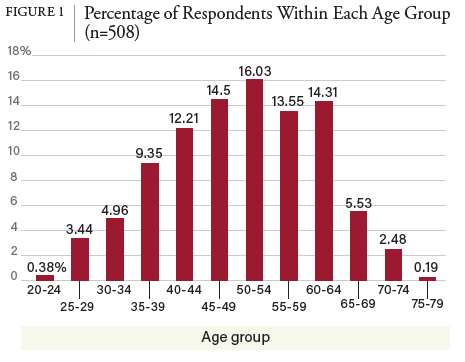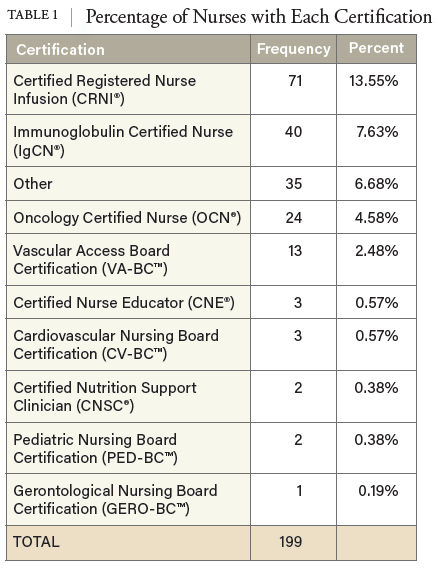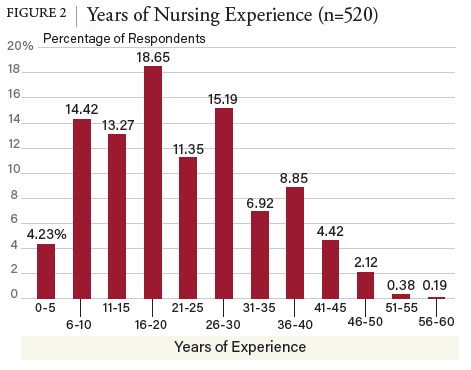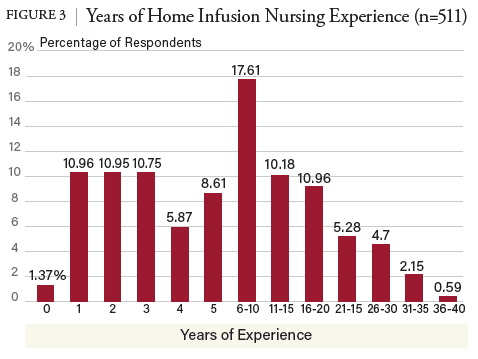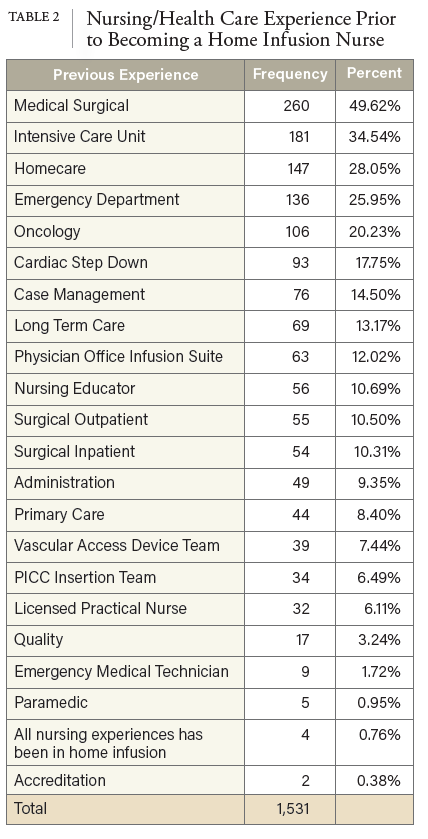1. Kleiner MM, Krueger AB. The Prevalence and Effects of Occupational Licensing. British Journal of Industrial Relations [Internet]. 2010;48(4):676–87. Available from: https://dx.doi. org/10.1111/j.1467-8543.2010.00807.x
2. Haines D, Garst R, Sullivan C, et al. A Two-Year Assessment of Home Infusion Patient Satisfaction. INFUSION Magazine,(2021). (March/April),27-33.
3. Haines D. Reasons for Discontinuation of Home Infusion Services. INFUSION Magazine,(2023). (May/June),22-25.
4. Haines D, Garst R, Sullivan C, et al. Discharge Reasons of Patients Receiving Home Based Outpatient Antimicrobial Therapy. INFUSION Magazine,(2021). (March/April),1-5.
5. Haines D, Simpson M. Rate of Discontinuation from Home Infusion Therapy Due to Adverse Drug Reactions and Unplanned Hospitalization. INFUSION Magazine,(2021). (Sept/Oct),2-7.
6. NHIA. Infusion Industry Trends 2020. National Home Infusion Association. 2021; Alexandria, VA.
7. INS Certification information. (https://www.ins1.org/crni/ exam/results/). Accessed June 2024.
8. Option Care Nurses Earn Elite Certified Registered Nurse Infusion (CRNI®) Credential. Option Care. May 30, 2018. https://optioncarehealth.com/news/option-care-nursesearn- elite-certified-registered-nurse-infusion-crni-credential (accessed May 21, 2024).
9. Vizcarra C. Trends, challenges, rewards, and pathways in infusion nursing: Navigating the current landscape. Health; Feb 2024. https://www.wolterskluwer.com/en/expert-insights/trends-challenges-rewards-and-pathways-in-infusion-nursing (accessed May 20, 2024)
10. U.S. Department of Health and Human Services, Health Resources and Services Administration, National Center for Health Workforce Analysis. 2019. Brief Summary Results from the 2018 National Sample Survey of Registered Nurses, Rockville, Maryland.
11. Smiley RA, Allgeyer RL, Shobo Y, Lyons KC, Letourneau R, Zhong E, et al. The 2022 National Nursing Workforce Survey. Journal of Nursing Regulation. 2023;14(1):S1–90. doi: 10.1016/S2155-8256(23)00047-9
12. Nurse Retention Strategies: How to Combat Nurse Turnover. American Nurses Association. Accessed June 6, 2024. https://www.nursingworld.org/content-hub/resources/nursingleadership/nurse-retention-strategies/

